In the world of beauty, the quest for radiant skin and the perfect look often leads us to accumulate a tantalizing array of cosmetic products. From vibrant lipsticks to luxurious serums, each item promises to enhance our natural allure. However, amid the allure of new formulations and trendy shades lies a crucial aspect that is all too easy to overlook: shelf life. Just like fresh produce, cosmetics have an expiration date, and using them beyond this period can compromise not only their effectiveness but also your skin’s health. Join us as we delve into the captivating realm of cosmetic shelf life, unveiling essential tips and tricks to help you keep your beauty products fresh, effective, and safe for use. With our guidance, you’ll have the knowledge you need to ensure your beauty routine remains as vibrant as the products you choose.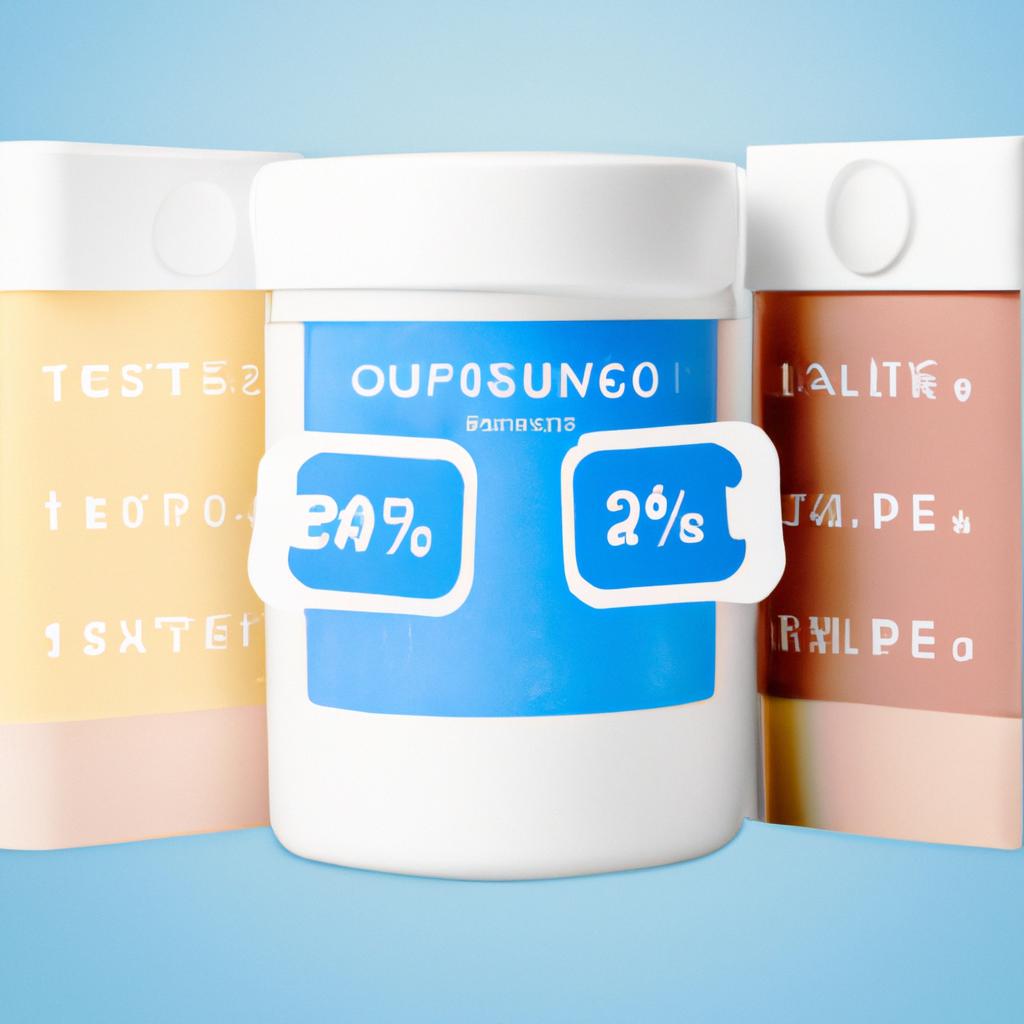
Understanding Cosmetic Expiration Dates and Their Importance
Cosmetic products, much like fresh produce, come with a shelf life dictated by their ingredients, formulation, and packaging. Understanding these expiration dates is crucial not only for maintaining the effectiveness of your beauty regime but also for safeguarding your skin’s health. Typically, a product’s shelf life is indicated by a period-after-opening (PAO) symbol, which signifies how long a product can be safely used after you’ve opened it. For example, a small jar icon with “6M” means that the product should be discarded six months after it has been opened. However, external factors such as exposure to air, light, and temperature can significantly impact a product’s longevity, leading to a loss of effectiveness or even potential safety risks.
To help you navigate the complexities of cosmetic expiration dates, here are some **essential tips** to keep your beauty products fresh:
- **Label and date your products** upon opening to easily track their shelf life.
- **Store products in a cool, dry place** away from direct sunlight to minimize degradation.
- **Be vigilant about texture and smell**; any changes may indicate spoilage even if the expiration date hasn’t been reached.
- **Pay special attention to your skincare essentials,** as products containing active ingredients often expire sooner.
- **Regularly declutter** your makeup collection, disposing of items that haven’t been used in over a year.
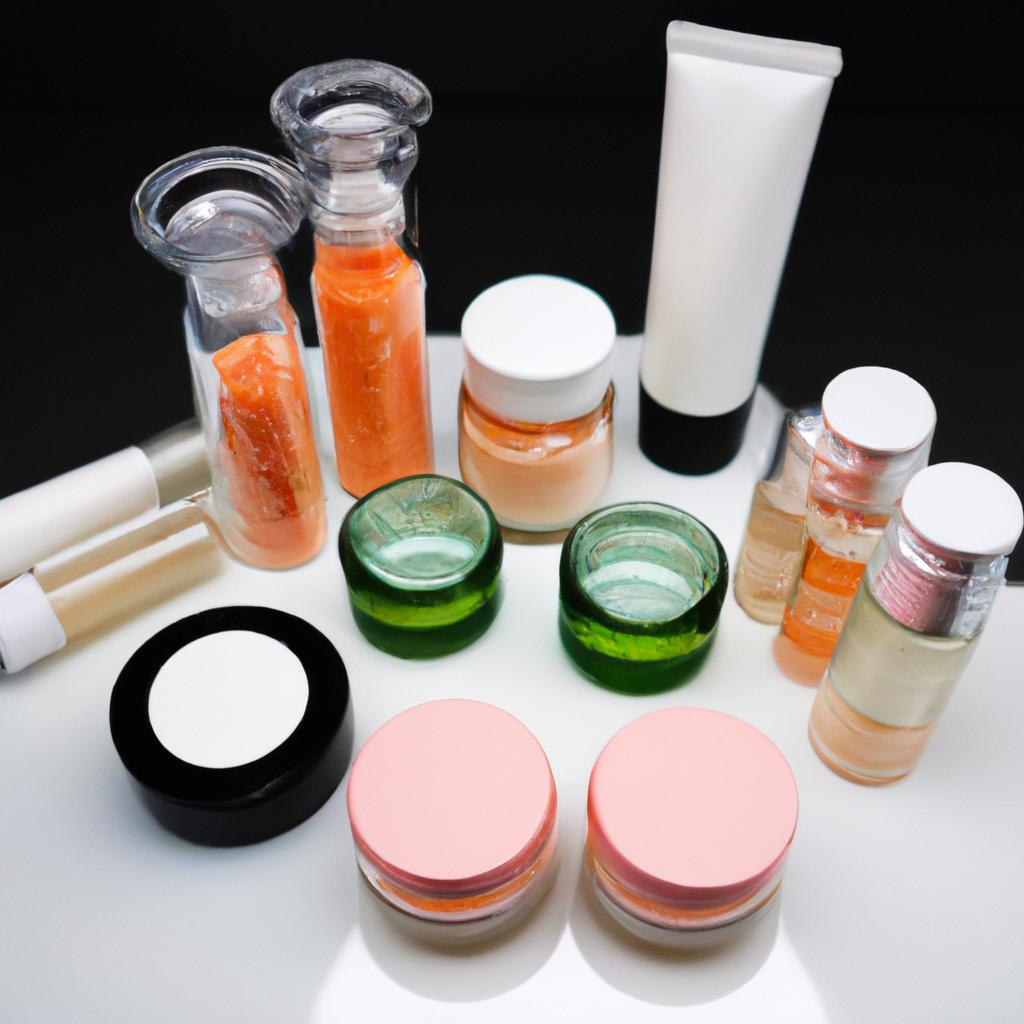
Prolonging the Life of Your Beauty Products with Proper Storage Techniques
Keeping your beauty products fresh often comes down to proper storage. **Avoid bathroom cabinets** where humidity can wreak havoc on your products; instead, store them in a cool, dry place. **Sunlight is another enemy** of cosmetics; make sure to keep your items out of direct light to prevent degradation. For items like creams, serums, and lipsticks, consider using a dedicated drawer or a beauty fridge to maintain ideal temperatures. This not only extends their shelf life but also enhances your skincare rituals with that extra touch of luxury.
Beyond location, **pay attention to packaging** as well. Air-tight containers can make a notable difference in maintaining product integrity. For liquids, opt for pumps or droppers that minimize contact with air. It’s also wise to keep your products organized — using labeled containers can help you track expiration dates and usage. Combine these tips with a regular decluttering of your beauty stash, ensuring that you’re not holding onto items that have passed their prime. By adopting these simple storing habits, you can unlock a world where your cosmetic treasures remain as vibrant as the day you first opened them.
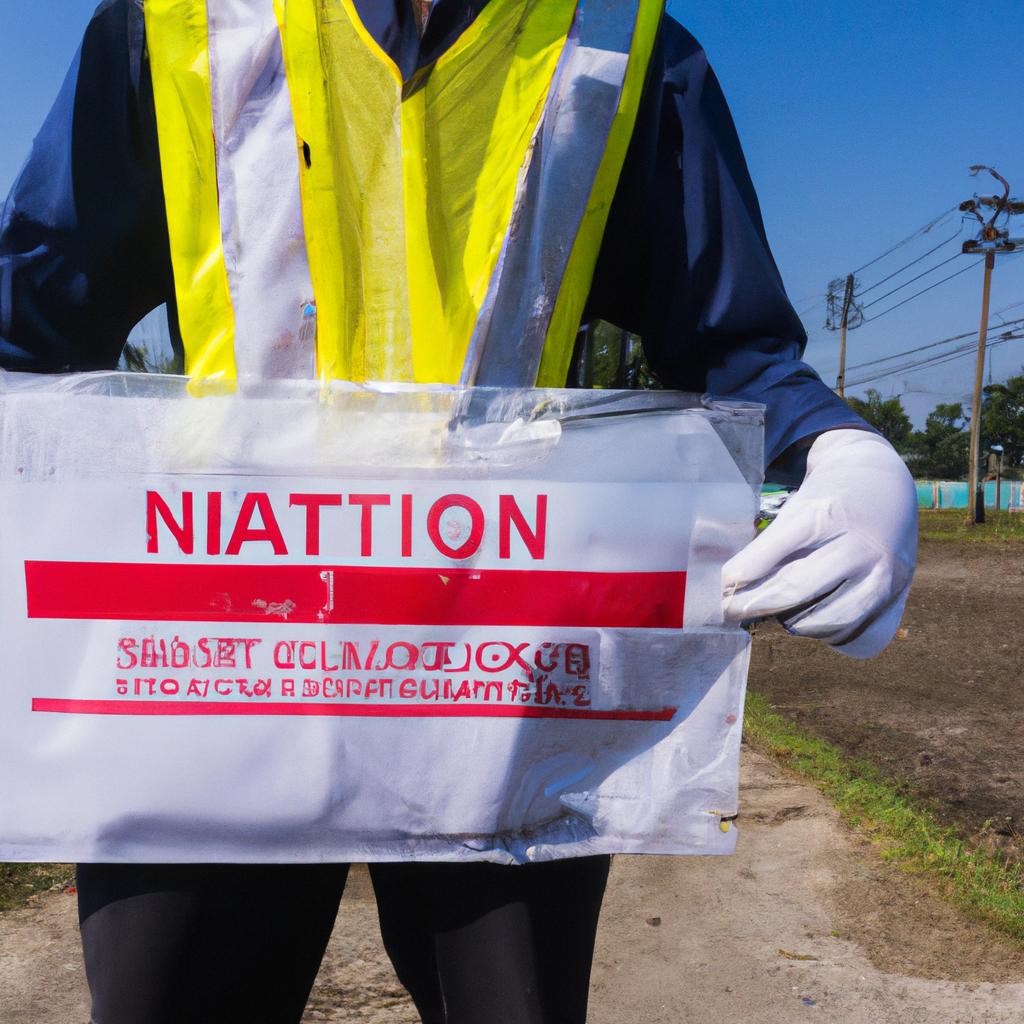
Recognizing Signs of Deterioration to Maintain Product Integrity
When it comes to keeping your beauty arsenal in top shape, being vigilant about signs of product degradation is crucial. The nuances of change in texture, color, or fragrance can often signal that a product has reached its tipping point. Here are a few indicators to watch for:
- Separation: If liquids start to separate or oil rises to the top, it may mean the product has spoiled.
- Unusual Odor: A sharp or rancid smell could indicate that the ingredients have gone bad.
- Texture Changes: A clumpy or grainy texture is often a sign that preservatives have broken down.
- Color Alteration: Any significant changes in color might suggest chemical instability.
Documenting these changes can keep you informed of your products’ status. Consider creating a simple table to track the shelf life and any transformations of your beauty items:
| Product Name | Purchase Date | Expiration Date | Signs of Deterioration |
|---|---|---|---|
| Luxe Cream | 2023-01-15 | 2024-01-15 | None |
| Glow Serum | 2023-02-10 | 2024-02-10 | Separation |
| Radiant Blush | 2023-03-05 | 2024-03-05 | Color Alteration |
By continuously monitoring your products, you can not only ensure safety but also maximize their performance and efficacy. Implementing a routine check-in to assess these attributes can go a long way in maintaining your collection’s integrity, providing your skin with only the best ingredients at their peak potency.
The Way Forward
understanding the secrets of cosmetic shelf life is essential not only for the longevity of your beauty products but also for your skin’s health. By adhering to the tips outlined in this article—such as monitoring expiration dates, practicing proper storage techniques, and being mindful of product consistency—you can elevate your beauty routine while ensuring safety and efficacy. Remember, your beauty products deserve the same care you give your skin. By making these small yet impactful adjustments, you’ll not only extend the life of your cosmetics but also discover a renewed joy in your beauty rituals. So, as you explore the world of beauty, keep these essential tips in mind, and let your confidence shine through with every application. Stay beautiful, and may your products always be fresh!


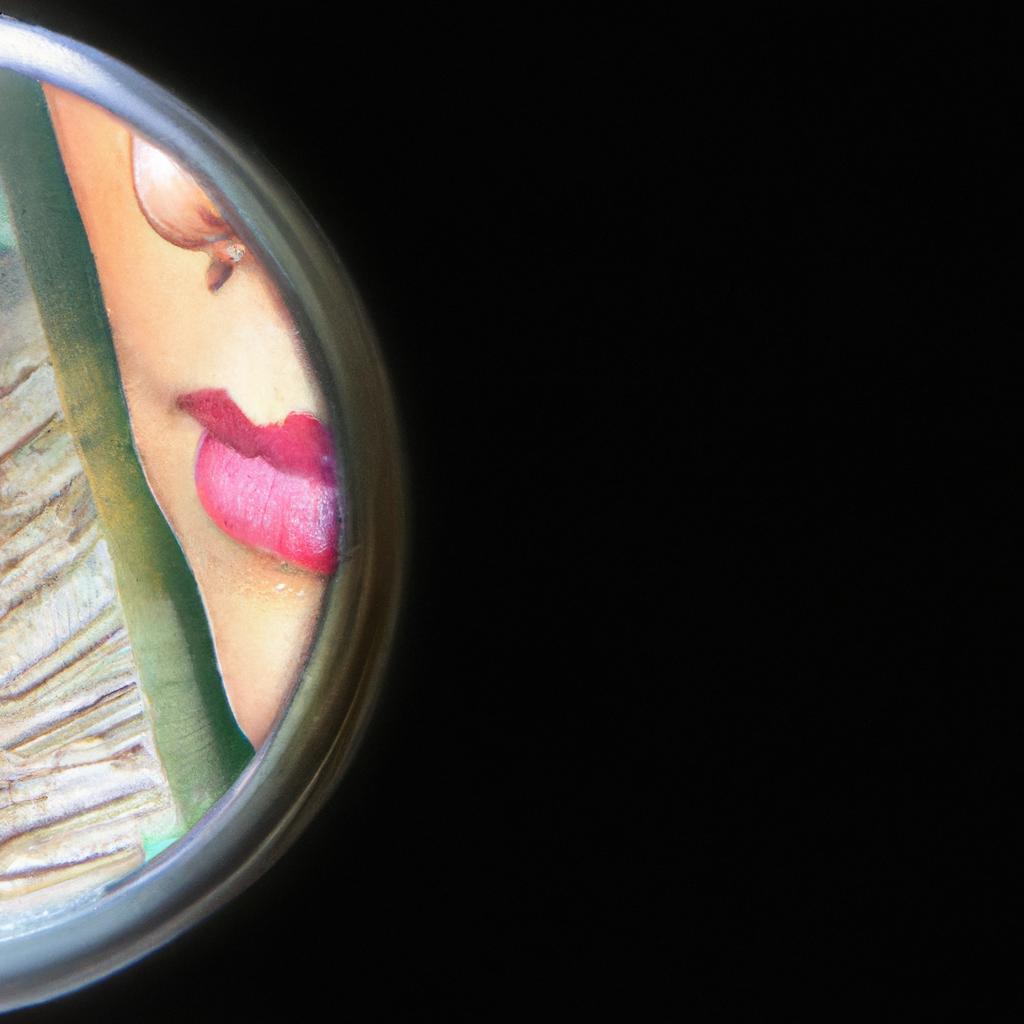

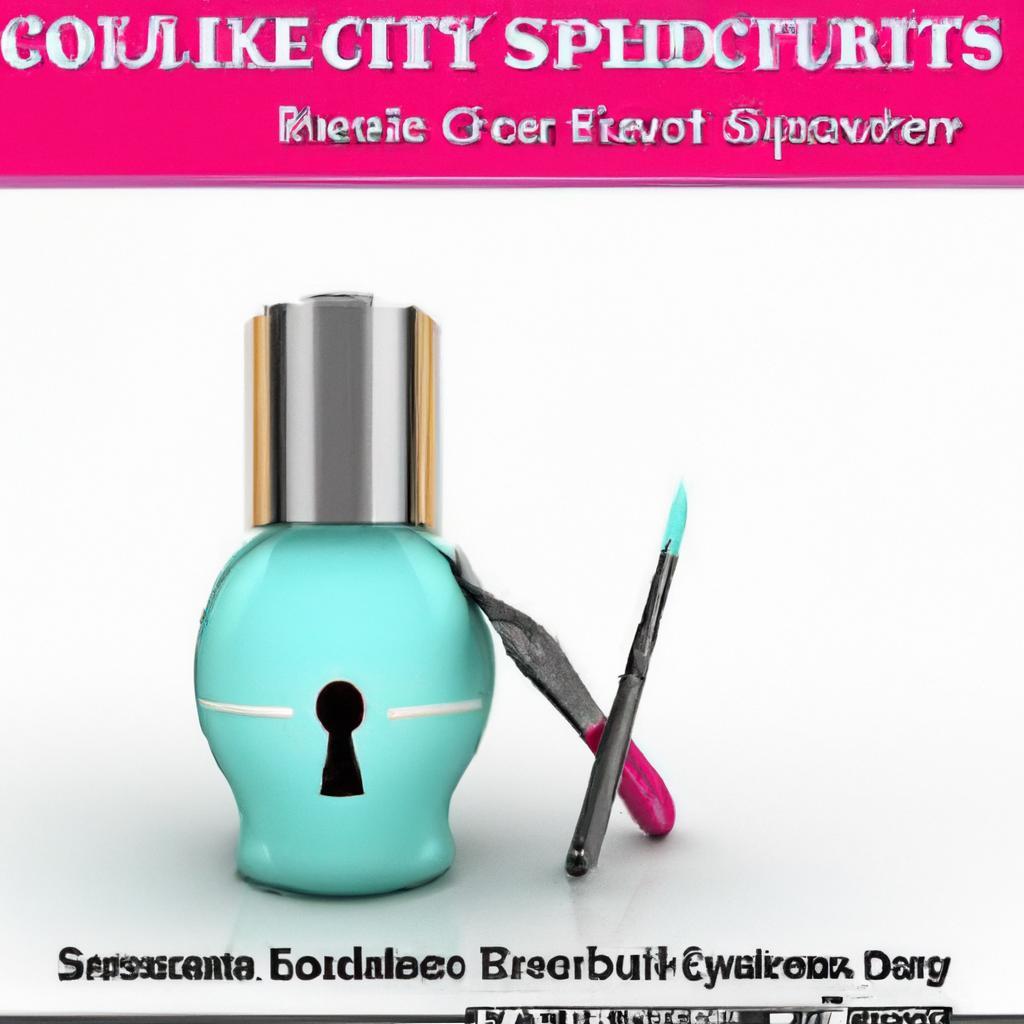


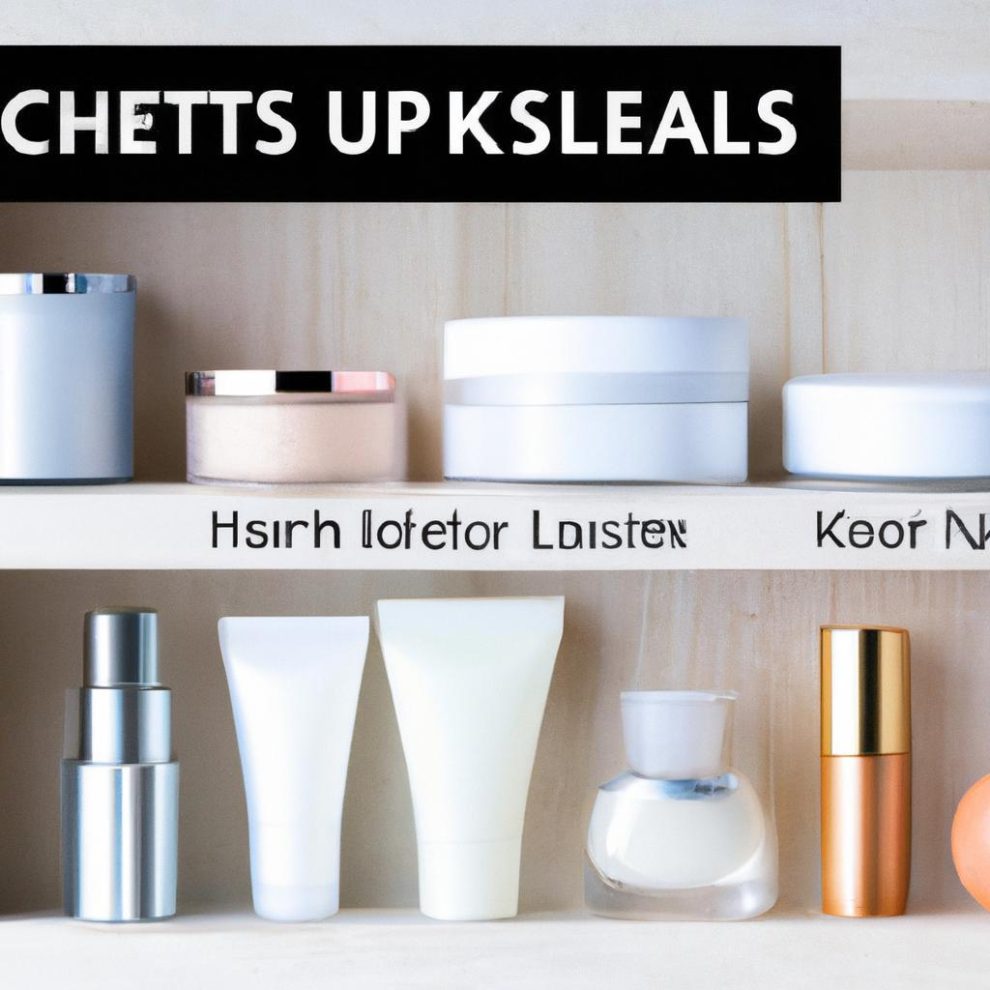

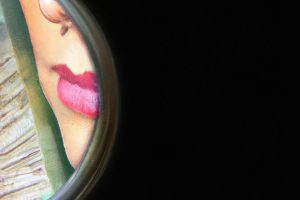









Add Comment